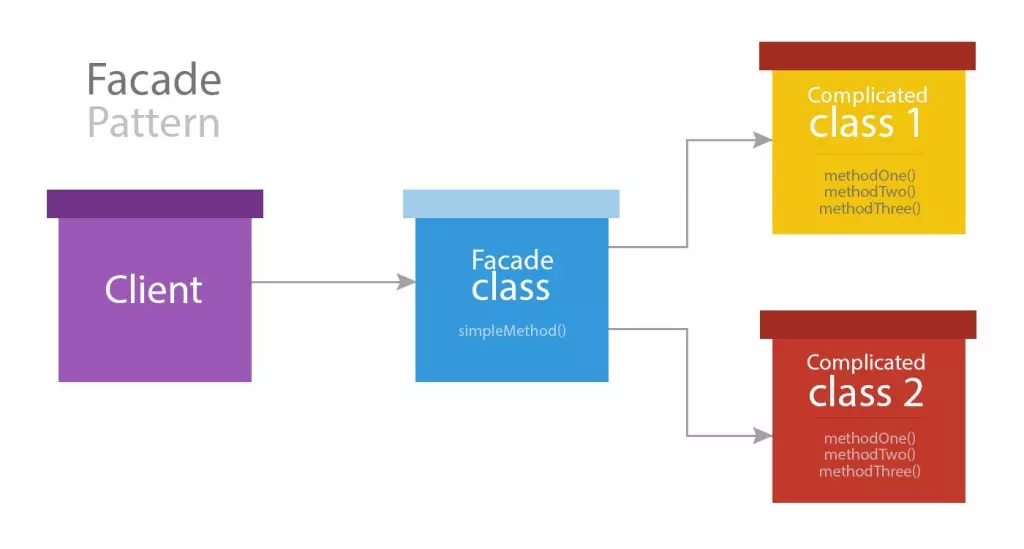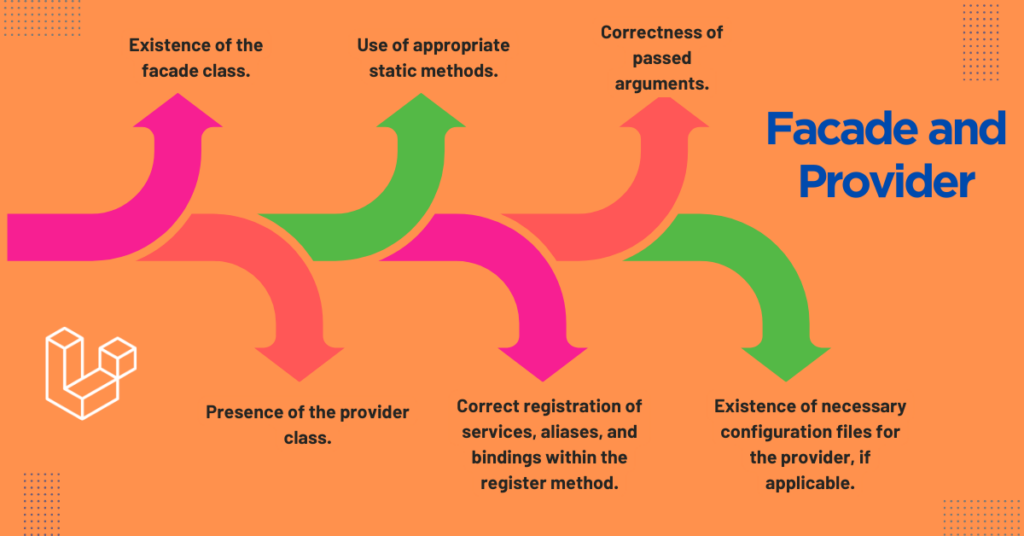Fine-Tuning Laravel Features: Configuring Larastan for Facades and Providers
Larastan, a static analysis tool tailored for Laravel applications, plays a crucial role in maintaining code quality by detecting potential errors and enforcing coding standards. This comprehensive guide incorporates insights from provided ratings to help you configure Larastan specifically for facades and providers.

Fine-Tuning Laravel Features: Understanding Larastan and Its Role:
Larastan is designed for static analysis in Laravel applications, aiding in code quality maintenance by identifying potential errors and ensuring adherence to coding standards.
Configuring Larastan is essential for it to comprehend your project’s structure and analyze it effectively. This includes specifying rules for facades, providers, and other Laravel-specific elements.
Fine-Tuning Laravel Features: Key Considerations for Facade and Provider Analysis:
Facades:
Facades provide a clean and concise way to access Laravel’s core services. Larastan analyzes facade usage to ensure correct implementation and avoidance of potential issues.
Common checks include verifying:
- Existence of the facade class.
- Use of appropriate static methods.
- Correctness of passed arguments.
Customizing or disabling facade rules based on project-specific requirements is possible.
Providers:
Providers register services or functionality within your Laravel application. Larastan analyzes provider configuration to ensure proper definition and loading.
Typical checks involve:
- Presence of the provider class.
- Correct registration of services, aliases, and bindings within the register method.
- Existence of necessary configuration files for the provider, if applicable.
Adjusting provider rules is advisable to match your project’s conventions and coding style.

Fine-Tuning Laravel Features: Steps to Configure Larastan for Facades and Providers:
1. Install Larastan:
If not installed, add Larastan to your Laravel project using Composer:
composer require nunobevacqua/larastan
2. Publish the Configuration:
Publish the default Larastan configuration file to your project:
php artisan vendor:publish --provider="Nunobevacqua\Larastan\LarastanServiceProvider"
3. Customize the Configuration:
Open the generated larastan.yaml file (usually in config/) and define rules for facades and providers:
# Facades rules: # ... other rules facade: - 'Illuminate\Support\Facades\App' - 'Illuminate\Support\Facades\DB' - 'Illuminate\Support\Facades\Auth' # ... add more facades as needed # Providers rules: # ... other rules provider: - 'App\Providers\AppServiceProvider' - 'Illuminate\Auth\AuthServiceProvider' - 'Illuminate\Database\DatabaseServiceProvider' # ... add more providers as needed
4. Run Larastan:
Execute the following command to start the analysis:
php artisan larastan analyze
Larastan will scan your code and report any issues related to facades and providers.
Fine-Tuning Laravel Features: Additional Tips and Best Practices:
- Larastan offers various rules beyond facades and providers; explore the documentation to align with your project’s coding standards.
- Consider setting up continuous integration (CI) to automatically run Larastan on every code change, catching potential issues early.
- For specific challenges or tailored questions, consult the Larastan documentation or community resources for further assistance.
By following these steps and considering best practices, you can effectively configure Larastan, gaining valuable insights into your Laravel application’s code quality and ensuring maintainability while preventing potential errors.
Universal Languages: HTML and CSS’s Best Universal Role in Web Development – 5 considerations





Leave A Comment